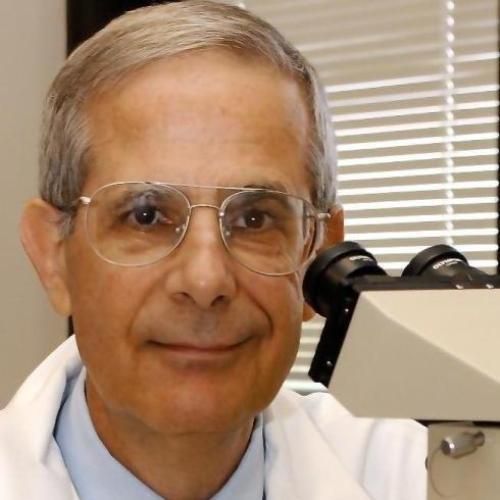Receptor-mediated monocytoid differentiation of human promyelocytic cells by tumor necrosis factor: synergistic actions with interferon-gamma and 1,25-dihydroxyvitamin D3.
Human myeloid leukemia cells respond to various signals by differentiating to more mature cells. This study was designed to evaluate the effects of a mononuclear phagocyte-derived factor, tumor necrosis factor/cachectin (TNF), on the proliferation and differentiation of the human cell lines HL-60 (promyelocytic) and U937 (monoblastic), and to characterize TNF receptors on these cells. TNF had no effect on HL-60 cell growth or thymidine incorporation, but it markedly inhibited that of U937 cells. HL-60 cells treated with TNF formed osteoclast-like polykaryons and developed nonspecific esterase positivity. In a dose-dependent fashion, TNF enhanced HL-60 cell nonspecific esterase activity, H2O2 production, NBT reduction, and acid phosphatase content. Together, TNF and interferon-gamma (IFN-gamma) additively and synergistically caused increases in these activities as well as the expression of HLA-DR and the monocyte antigens LeuM3 (CDw14) and OKM1 (CD11). TNF also synergistically enhanced the differentiating effects of 1,25-dihydroxyvitamin D3. The potentiating actions of D3 of IFN-gamma on the TNF effect were maximal when the two agents were present together throughout the incubation, and pretreatment with TNF augmented the subsequent response to D3, but not IFN-gamma. HL-60 and U937 cells bound 125I-labeled TNF specifically, rapidly, and reversibly with binding constants of 227 and 333 pmol/L and receptors per cell of 4,435 and 6,806 for HL-60 and U937, respectively. Scatchard plots were linear, which suggested single classes of receptors. HL-60 TNF receptors were not changed by a three-day treatment with IFN-gamma or D3. U937 and HL-60 cells internalized and degraded 125I-labeled TNF to comparable degrees. TNF has differing effects on HL-60 and U937 cells that are apparently mediated through comparable high-affinity TNF receptors. The unique responses of different cell types to TNF may be due to postreceptor factors.
Duke Scholars
Published In
ISSN
Publication Date
Volume
Issue
Start / End Page
Location
Related Subject Headings
- Receptors, Tumor Necrosis Factor
- Receptors, Cell Surface
- Monocytes
- Leukemia, Myeloid, Acute
- Interferon-gamma
- Immunology
- Hydrogen Peroxide
- Humans
- Histocytochemistry
- Drug Synergism
Citation
Published In
ISSN
Publication Date
Volume
Issue
Start / End Page
Location
Related Subject Headings
- Receptors, Tumor Necrosis Factor
- Receptors, Cell Surface
- Monocytes
- Leukemia, Myeloid, Acute
- Interferon-gamma
- Immunology
- Hydrogen Peroxide
- Humans
- Histocytochemistry
- Drug Synergism

